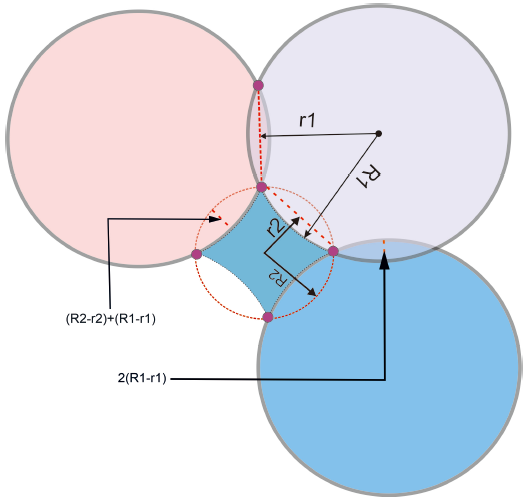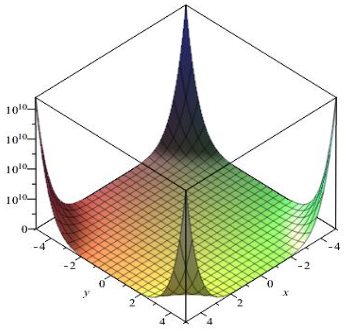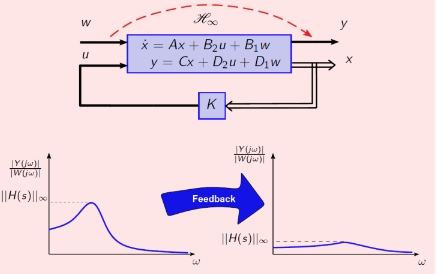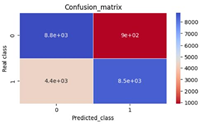Predictive modeling for industrial productivity: Evaluating linear regression and decision tree regressor approaches
Abstract
This research discusses the importance of predictive modeling in optimizing efficiency in various sectors, particularly in industrial settings. It compares the effectiveness of linear regression and decision tree regression models in predicting productivity. The study aims to provide insights into the strengths and limitations of each technique, assisting decision-makers in selecting the best model for their needs. It begins by explaining the theoretical foundations of both models and conducts a literature review to highlight their practical implementations. The methodology involves data collection, preprocessing, model training, evaluation, and comparison using real-world datasets. Performance metrics such as Mean Squared Error (MSE) are used for evaluation. The comparative analysis reveals that the linear regression model consistently outperforms the decision tree regressor model in terms of lower MSE values across all datasets. Overall, the study offers empirical evidence and practical insights into the predictive capabilities of both models, with potential implications for strategic decision-making in various industries.
References
[1]Ferraro MB, Coppi R, González Rodríguez G, et al. A linear regression model for imprecise response. International Journal of Approximate Reasoning. 2010; 51(7): 759-770. doi: 10.1016/j.ijar.2010.04.003
[2]Diskin MH. Definition and Uses of the Linear Regression Model. Water Resources Research. 1970; 6(6): 1668-1673. doi: 10.1029/wr006i006p01668
[3]Mendes da Luz I, Lourenço Niza I, Broday EE. Comparative Analysis of Productivity Methods to Evaluate Thermal Comfort in Classrooms through Hierarchical Clustering. Buildings. 2024; 14(3): 698. doi: 10.3390/buildings14030698
[4]Golnaraghi S, Zangenehmadar Z, Moselhi O, et al. Application of Artificial Neural Network(s) in Predicting Formwork Labour Productivity. Advances in Civil Engineering. 2019; 2019: 1-11. doi: 10.1155/2019/5972620
[5]Krämer W, Sonnberger H. The linear regression model under test. Springer Science & Business Media; 2012.
[6]Anyaeche CO, Ighravwe DE. Predicting performance measures using linear regression and neural network: A comparison. African Journal of Engineering Research, 2013; 1(3): 84-89.
[7]Gevrekçi Y, Takma Ç. A Comparative Study for Egg Production in Layers by Decision Tree Analysis. Pakistan Journal of Zoology. 2018; 50(1). doi: 10.17582/journal.pjz/2018.50.2.437.444
[8]Weisberg S. Applied Linear Regression. In: Wiley Series in Probability and Statistics. Wiley Online Library; 2005. doi: 10.1002/0471704091
[9]Kai S, Almeda MV, Baker RS, et al. Decision tree modeling of wheel-spinning and productive persistence in skill builders. Journal of Educational Data Mining. 2018;10(1): 36-71.
[10]Gomes C, Almeida LS. Advocating the broad use of the decision tree method in education. Practical Assessment, Research, and Evaluation. 2019; 22(1): 10.
[11]Charbuty B, Abdulazeez A. Classification Based on Decision Tree Algorithm for Machine Learning. Journal of Applied Science and Technology Trends. 2021; 2(01): 20-28. doi: 10.38094/jastt20165
[12]Azad C, Bhushan B, Sharma R, et al. Prediction model using SMOTE, genetic algorithm and decision tree (PMSGD) for classification of diabetes mellitus. Multimedia Systems. 2021; 28(4): 1289-1307. doi: 10.1007/s00530-021-00817-2
[13]Kaparthi S, Bumblauskas D. Designing predictive maintenance systems using decision tree-based machine learning techniques. International Journal of Quality & Reliability Management. 2020; 37(4): 659-686. doi: 10.1108/ijqrm-04-2019-0131
[14]Hastie T, Tibshirani R, Friedman J. The Elements of Statistical Learning. Springer New York; 2009. doi: 10.1007/978-0-387-84858-7
[15]Greene WH. Econometric Analysis. Pearson Education; 2012.
[16]Montgomery DC, Peck EA, Vining GG. Introduction to Linear Regression Analysis. John Wiley & Sons; 2012.
[17]Kutner MH, NachtsheimCJ, NeterJ. Applied Linear Statistical Models. McGraw-Hill Education; 2004.
[18]Breiman L, Friedman JH, Olshen RA., Stone CJ. Classification and Regression Trees. CRC press; 1984.
[19]Quinlan JR. Induction of decision trees. Machine Learning. 1986; 1(1): 81-106. doi: 10.1007/bf00116251
[20]Louppe G, Wehenkel L, Sutera A, Geurts P. Understanding variable importances in forests of randomized trees. Advances in Neural Information Processing Systems. 2013; 431-439.
Copyright (c) 2024 Isaac Azure

This work is licensed under a Creative Commons Attribution 4.0 International License.











